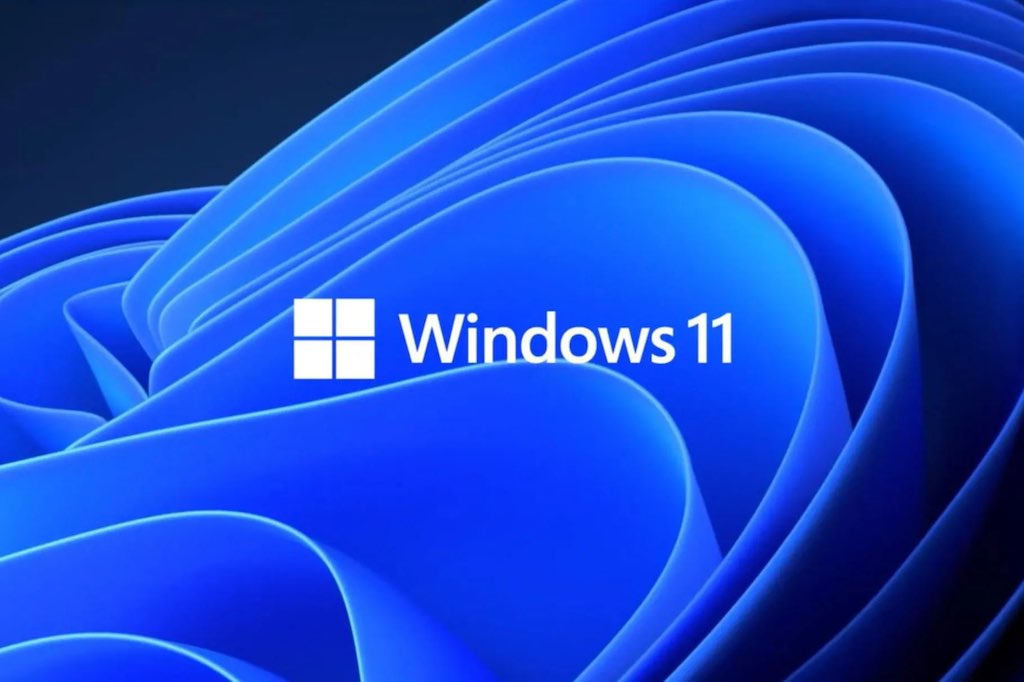
On June 24, Microsoft held a special event, announcing the new operating system for Windows PCs: the Windows 11 era is about to begin. Microsoft says it had several key goals with Windows 11. These include simplifying the user interface (UI), a new Windows store, integrated Windows Teams, Android App support, and performance improvements. The new operating system will be available this coming fall 2021.
IMPORTANTLY: Windows laptops and desktop computers available now at Best Buy are compatible with the new Windows 11!
Here’s what you need to know about Windows 11.

The new user interface
Windows users will immediately notice a big visual difference with Windows 11’s UI.
Live Tiles are gone, and the new Start button and Start menu are now centered on the taskbar instead of being on the side. Windows get rounded edges, and there are improved light and dark modes. New “snap layouts” will remember app positions on multiple monitors, making life easier for multitaskers.
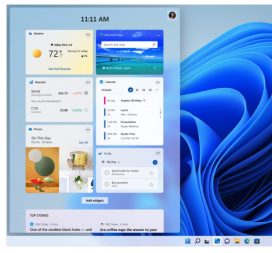
Speaking of the taskbar, remote workers will be happy to see that Microsoft Teams is integrated directly into the taskbar. New widgets are an AI-powered personalized feed, with default versions including weather, news, and maps.
Improved performance
Microsoft says the Windows 11 performance improvements start with Windows update. This could be intrusive in Windows 10. In Windows 11, the updates will be 40% smaller, and they will happen in the background to minimize disruption.
The company’s engineers have also worked closely with Intel and AMD to optimize Windows 11 speed and efficiency on the latest PC hardware.
Gaming
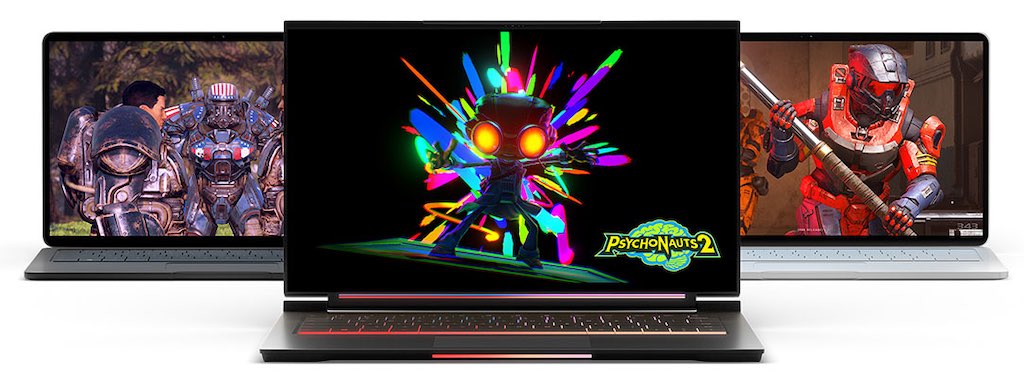
Microsoft is well aware of how popular PC gaming is. Windows 11 is getting multiple upgrades that should make gamers happy. These include a direct storage API (for faster loading of games), automatic HDR, integrated xCloud access, a new Xbox app that has Xbox Game Pass built-in, and the ability to buy Xbox games directly.
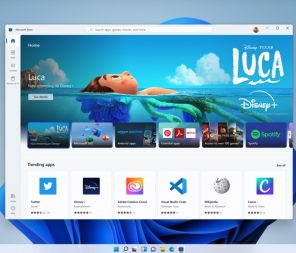 New Windows Store
New Windows Store
Microsoft says the Windows Store in Windows 11 has been “rebuilt from the ground up.” This includes allowing developers to use their own payment systems.
New to the Windows Store is the ability to download Android apps (via Amazon’s App Store)—because, yes, like Chromebooks, Windows 11 can now run Android Apps.
Tablet and 2-in1 owners haven’t been forgotten
Windows 10 did a pretty decent job of bridging between tablet and PC use. However, Windows 11 is making the transition much smoother.
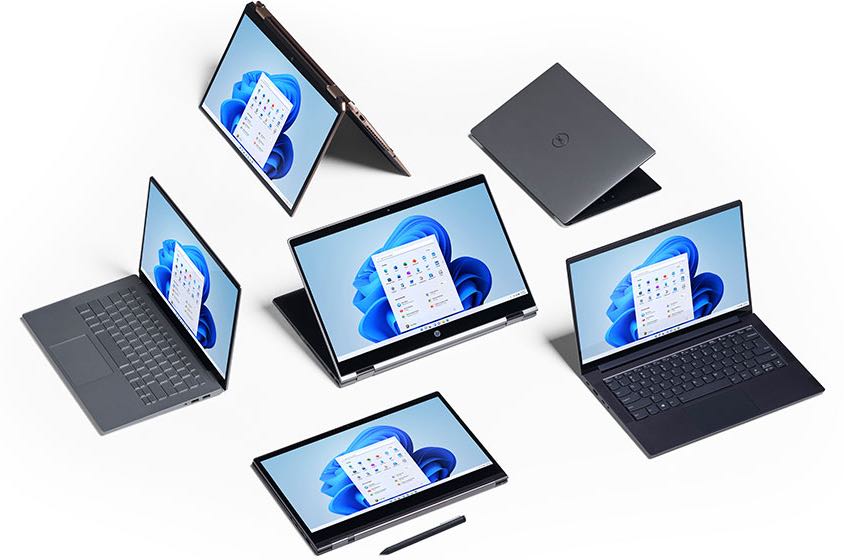
For example, instead of having to switch to tablet mode on a device like the Surface Pro, the operating system lets you simply touch the screen to begin working in tablet mode. Switch between vertical and horizontal orientation and side-by-side Windows will switch to being vertically stacked. There are new UI gestures for tablets. And in an interesting development, Windows Inking will support haptic feedback—that could make for some interesting new stylus releases in the future.
When will Windows 11 be available and what will it cost to upgrade?
Microsoft says Windows 11 will be a free upgrade for existing Windows 10 owners. Minimum requirements are a 64-bit CPU, 4GB of RAM, and 64GB of storage. As stated above, Windows computers available now meet or exceed these minimum specifications and will be compatible with the new Windows. Stay tuned for release dates—at this point all we know is “later this year.”
When will Windows 10 support end?
The launch of a new operating system always comes with news of the retirement of it predecessor. Windows 11 is no different. Windows 10 has been in use since 2015, and Microsoft will cease supporting Windows 10 Home and Windows 10 Pro on October 14, 2025. That’s a decade-long run.
This was just the first official round of Windows 11 information. Expect to see more details here as they develop.




I would love to win one of these because I cannot afford to get my current computer fixed
Comments are closed.